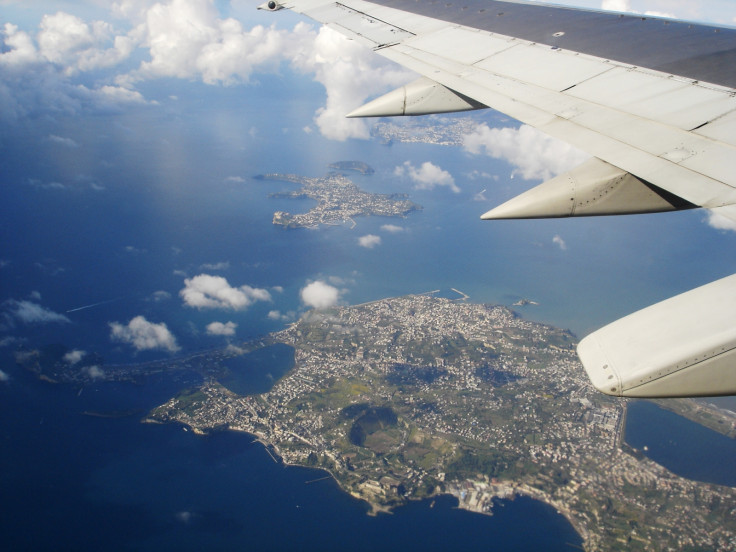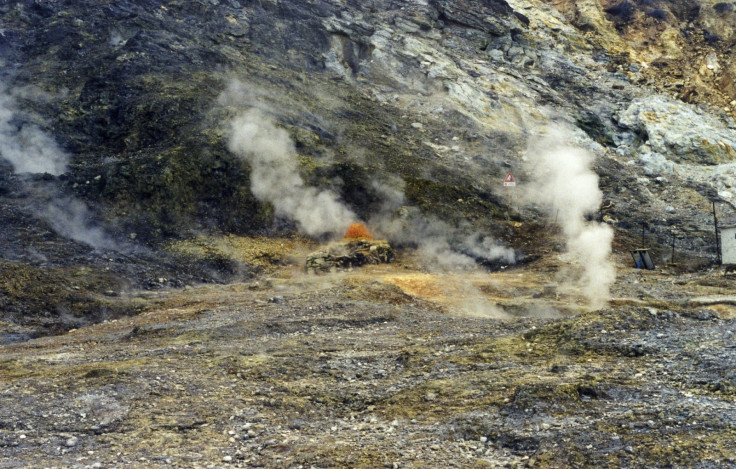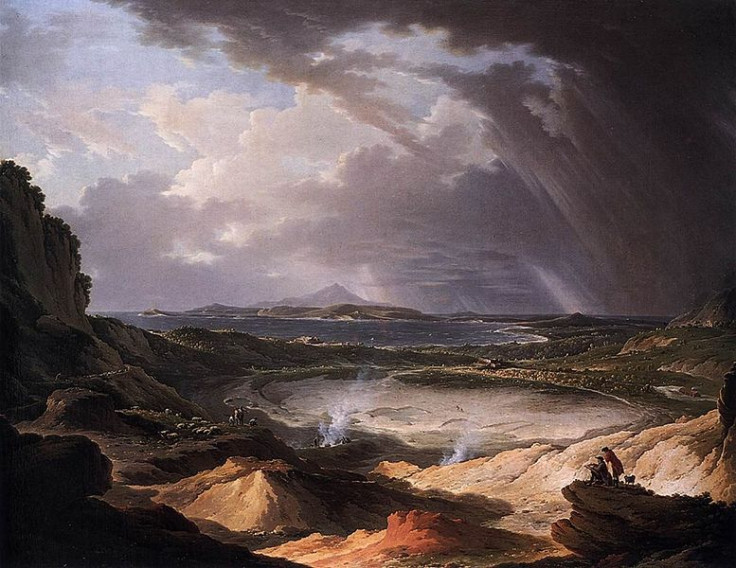Ground around one of the world's most dangerous volcano systems is raising up
Gas pressure, rather than a surge in volcanic magma, appears to have caused uplift.

The ground around one of the world's most dangerous volcanic systems has been moving upwards over the last decade, raising 38cm in the last 10 years. The movement at Italy's Campi Flegrei – or, as it's also known, the Phlegraean Fields – has raised concerns of an impending eruption, but scientists have now said this is not necessarily the case.
Campi Flegrei, an enormous volcanic area, sits across the Bay of Naples from Mount Vesuvius. The caldera includes 24 craters and volcanic networks and is mostly situated underwater. It gained widespread attention in 2009 after scientists suggested inflation at the site could signal a forthcoming eruption.
"These results suggest that a future eruptive crisis will likely be preceded by several meters of caldera-wide uplift in response to magma movements at depth," it said. "The trend of uplift of the caldera since 1969 may thus represent the unrest expected before a renewal of volcanism within an interval of decades to centuries."
Around 40,000 years ago, the Campi Flegrei produced a "super-colossal" eruption – the second highest on the volcanic explosivity index, proceeded only by an "apocalyptic" eruption like that seen at Yellowstone supervolcano in the US. The last time it produced an eruption was 1538, but this was a fairly small one. The last time it moved was the 1980s, when it rose by 1.8m.

While this last period of movement was thought to be the result of hydrothermal activity, the latest shift is believed to have been caused by the accumulation and movement of molten magma beneath the Campi Flegrei.
However, scientists at the Second University of Naples and the Vesuvius Observatory say this is wrong. Presenting their research at the Goldschmidt conference in Yokohama, Japan, lead researcher Roberto Moretti said: "Everyone accepts the geochemical evidence that current activity has different causes to that of 1982-84. Most geochemists are now showing that the 1982-84 movement was caused by hydrothermal activity and the current activity is caused by magma, but we think that it's exactly the other way round.
"We have checked geochemical records going back over more than 30 years, and our ongoing interpretation – looking at released gases and physical signals – seem to be consistent with current activity being hydrothermal, with the support of deep magmatic gases, rather than due to magma migration or growth of a shallow (3-4 km deep) magma chamber. We believe that this magma dynamics characterised the 1982-84 episode."

In terms of eruption risk, Moretti said we are "not in a position to say that everything is well under the Campi Flegrei" as it is "still a very volatile place". Instead, he said their findings show how difficult it is to get a full understanding of volcanic areas, despite being one of the most studied in the world.
To get a better picture of the inner-workings, scientists would need direct access to the subsurface areas of interest. To do this, they would need to drill into it – a plan that could also lead to further instability. "Our results have important implications on the short term risk in the area and the monitoring of hydrothermal pressure build-up," the team concluded.
Commenting on the presentation, John Blundy, from the University of Bristol, said: "Interpreting the causes of ground movement at restless volcanoes is an enduring problem for volcanologists. Both hot gases [steam] and magma are candidate causes, but with quite different implications for future eruptive activity. Moretti and others make a compelling case for gas, rather than magma, as the cause of the latest [ground movement] at Campi Flegrei. Their methods could be used at other restless volcanoes where there is evidence of ground uplift."
© Copyright IBTimes 2025. All rights reserved.






















